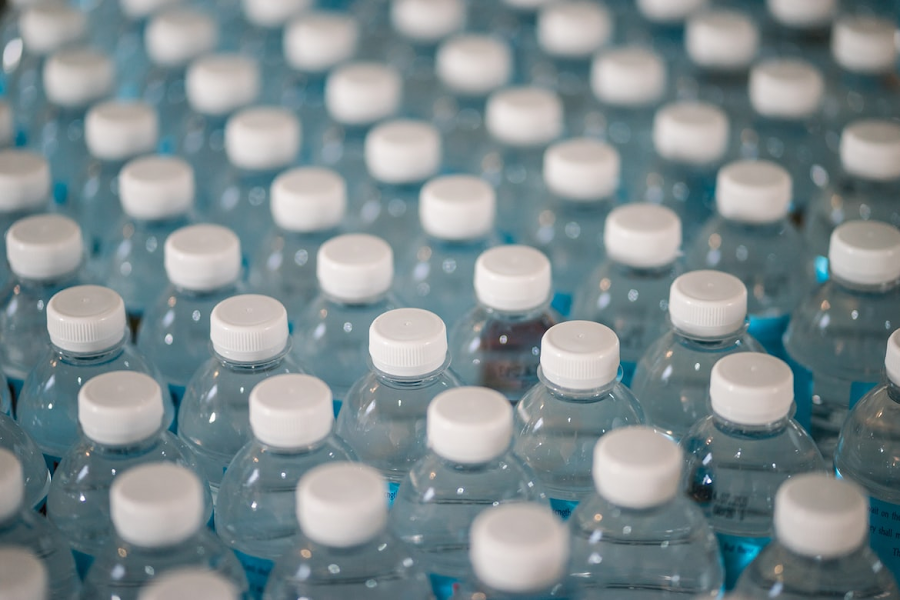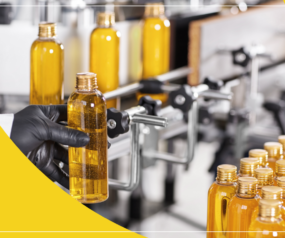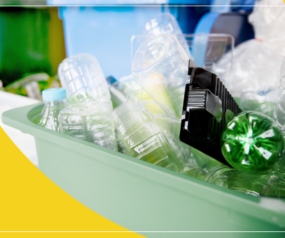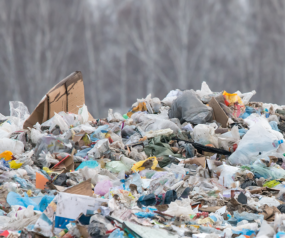8 Positive Ways Plastic Can Benefit the Environment
While plastics have been one of the primary sources of pollution, they also have their fair share of positive contributions to the environment. Recognising these benefits will help us take advantage and leverage them towards a good cause. This article will dive into some of the top valuable characteristics of plastic that are useful in saving the environment.
#1 Plastic saves energy.
One of the top benefits of plastic is that it does not need a lot of energy to manufacture compared to paper and glass. This is why they are commonly used in building homes and commercial properties. Furthermore, while some may not know, plastic contains an inherent amount of energy. It can filter UV rays to keep buildings cool during the summer, store heat, and make your home warm during the winter. Therefore, not only does it save energy, but it also contains valuable energy that is highly beneficial to humans.
#2 Plastic raises the possibility of energy recovery.
You can reuse plastics 2-3 times before their quality declines, and they are still useful even after being disposed of. Those left unrecycled can be processed into oil and fuels that can be utilised to power homes and buildings. This is because plastics are materials derived from nature like plants, oil, natural gas and coal. Moreover, new technology can also now turn plastics into oil or fuels. Specifically, they can be processed for energy recovery that turns them into synthetic diesel fuel, synthetic crude oil, kerosene and other forms of energy.
#3 Plastics are long-lasting and durable.
Plastics are known for their durability, strength, quality, and ability to last long. Therefore, they don’t have to be manufactured regularly, allowing us to save energy from the extraction of fuel required to create a new one. The reduction in fuel extraction lowers the demand, which keeps fuel prices at a low level. Ultimately, this can help in the reduction of greenhouse emissions.
#4 Plastics are highly recyclable and reusable.
Plastic materials can be reused for up to a total of 25 years and more. With imagination and creativity, you can transform used plastics into new and usable materials for your home or business. Food containers, pipes, furniture, bags, footwear, home decorations, and pet homes are just a few examples of recycled plastic products. Apart from transforming plastic into different items, you also can reuse the material numerous times since they are highly durable and long-lasting.
#5 Plastic is a better alternative than paper.
While some alternatives have emerged in the attempt to reduce plastic, we have yet to wait for a more durable, affordable, and efficient material. When comparing paper to plastics, paper materials degrade faster than plastics. Paper production also requires using many natural resources, such as our trees, water, and energy. Moreover, since paper tends to perish quickly, it must be manufactured promptly, which means more natural resources will be depleted, and more waste will be generated.
#6 Plastic is the best material for product protection and preservation.
One benefit we get from using plastics is that they are suitable for packaging products. You can be assured that the products packed with plastic are sealed against contamination and harmful effects of moisture, insects, humidity, and light. Plastic is also helpful in preserving food and other goods from perishing, thereby increasing their shelf life. With this, food wastages are avoided, which are very costly for households and detrimental to the environment.
#7 Plastic has been used to create life-saving products.
With all the good features of plastic, it has been used to produce countless items you may not even be aware of. That helmet you wear on your head is a big way to protect you from falling debris during building construction. The airbag inside your vehicle is another testament to the life-saving use of plastics. Furthermore, the bulletproof vest, googles, firefighter’s protective gears, and sunglasses are also just some of the plastic items you use that protect you. Therefore, plastic can safely be considered your protector.
#8 Plastic is essential in the medical field.
In hospitals, plastics are used to keep things sterile and thus safe to use. The material is also used to pack medicines and other pharmaceutical items. You can also find plastic among the medical devices that come in contact with human bodies as they uphold the highest safety standards. Furthermore, syringes, dialysis machines, incubators, and adhesive bandages, are also a few things plastics can make. Overall, the material is widely used in medicine as they offer more comfort, lessens infections, and are more affordable than the alternatives.

Final thoughts
Plastic comes in various shapes, textures, and colours, and we can find it in just about everything you touch or see. They are utilised in producing electronic devices such as computers, cellphones, and televisions. The material can also be found in paints, adhesive glues, sealants, and insulation, among other things. As a result, plastic is in every home, from the floor to the ceiling.
Furthermore, attempting to eliminate plastics will lead you to other more harmful options to the environment. However, this does not mean that we should completely ignore and neglect the need to reduce plastic waste. As consumers, it is our responsibility to learn how to reuse, reduce, and recycle them. We should also find reliable plastic or plastic bottle manufacturers that work towards sustainability and environmental conservation.





